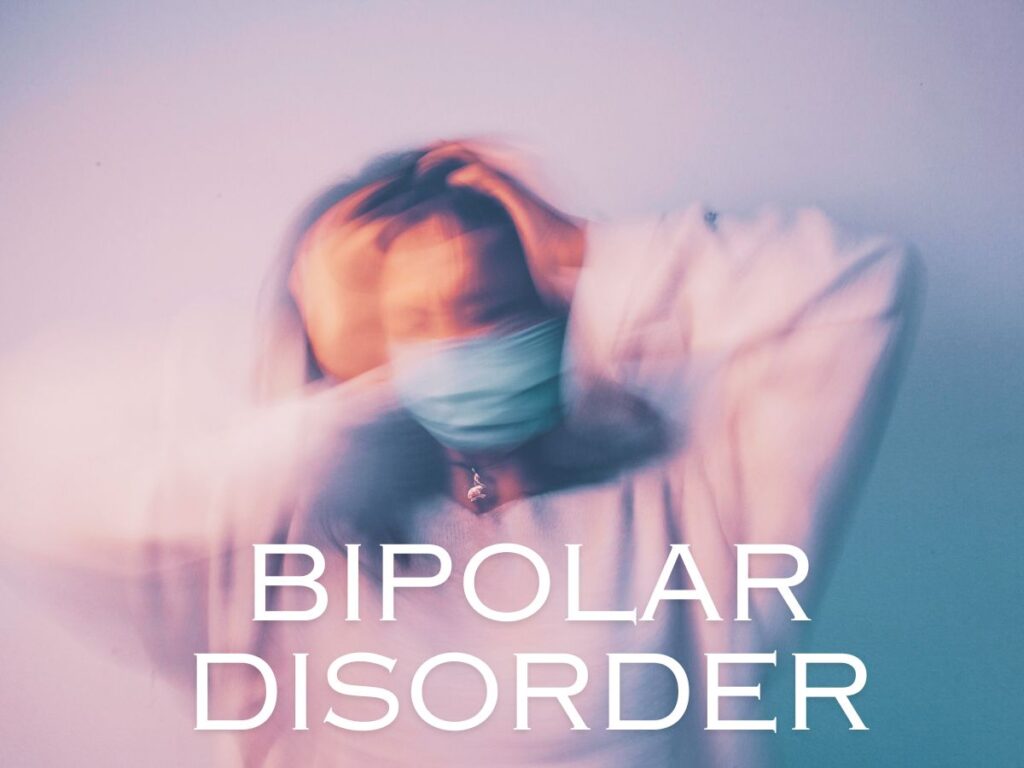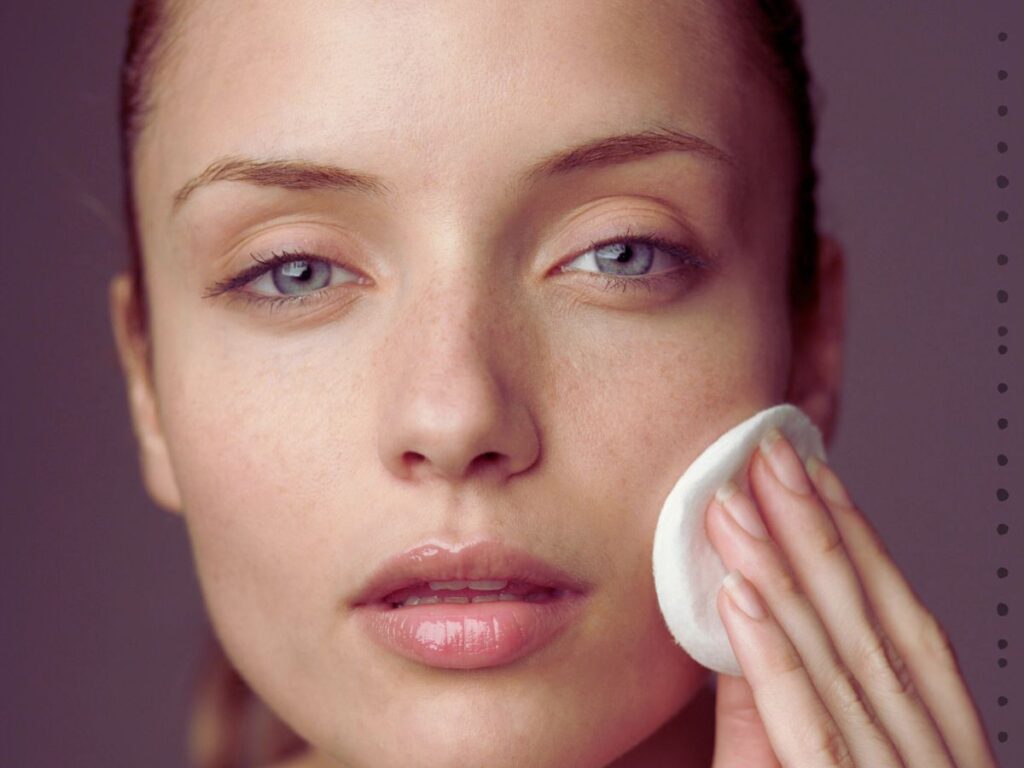Why Every Sleep Apnea Patient Should Invest in a Travel CPAP Machine – TheLifeCents
Do you find yourself reluctant to bring your CPAP machines on vacations?” Dear, readers, who have been diagnosed with sleep apnea, For those who are considering a travel CPAP machine is well worth it might just be the game changer that you have been looking for. End the hassle of sleeping in a car and welcome the comfort that will be your companion wherever your journey is. Now, let me share with you the primary reasons why every sleep apnea patient should seriously think about this investment. Understanding Sleep Apnea Sleep apnea is a more general sleep disorder that is mainly vice versa: from time to time, the breath stops or is very shallow during the night. It also feels like it interrupts every hour and can disrupt sleep and other bodily functions that can lead to health concerns. There are three main types of sleep apnea: convulsive, central obstructive and complex obstructive. The liver is the primary organ implicated in hepatotoxicity with central hepatotoxicity implicating the liver and being the most common type of hepatotoxicity. Obstructive sleep apnea is the most common type of condition as it develops when the muscles located in the throat area collapse, thus causing the airway to be restricted. The Importance of CPAP Machines It shall remain essential for anyone with sleep apnea to understand their use of CPAP machines. These devices enable positive pressure to be delivered to the patient’s airway throughout the time he or she is asleep thereby ensuring that breathing is not interrupted throughout the entire duration of sleep. The use of CPAP machines makes sure that the airflow is proper; hence, minimizing the adverse health effects of apr proper flow treatment of sleep apnea. Experts have found that if one continues to use CPAP, then his or her levels of alertness during the day, concentrating capacity, as well as cognitive functions should increase. It also plays a critical role in eradicating symptoms like morning headaches, tyre genesis, and irritability due to disrupted sleeping patterns. Furthermore, continuous positive airway pressure or CPAP therapy was also identified to reduce the pressure of hypertension and heart disorders among sleep apnea patients. For many patients who are diagnosed with sleep apnea, using a CPAP machine may be regarded more than a personal choice aimed at their subjective benefit but as a measure to prevent potentially fatal consequences to the patient. This therapy out of all the treatments can improve quality of life and decrease the risk factors of untreated sleep disorders. Limitations of Traditional CPAP Machines It cannot be denied that conventional forms of CPAP equipment have their ways of alleviating sleep apnea; however, these may not be ideal for constant usage, particularly for travellers. There is one notable disadvantage here, in the form of size and, therefore mass of full-sized calipers, which can be inconvenient to bring along during travels. Furthermore, the conventional models of CPAP machines are dependent on electricity to operate and thus may prove to be an inconvenience to the user at one point or the other especially if the patient has to travel and change flight. Based on the above observations, this paper presents the development of a portable and wireless CPAP solution that can supply power during long flights or when travelling to remote areas with no electrical outlets available. This dependency on electricity can restrict the use of the device; it can compromise its transportation and usage thus interfering with the treatment plans. However, some of the traditional CPAP machines as a device can be sometimes cumbersome to carry around, especially during a long trip, in addition to the frequent necessity of maintenance and cleaning the equipment. It would prove difficult to emphasise the hygienic measures that are needed to be followed constantly while travelling. Benefits of Travel CPAP Machines Travel CPAP machines present multiple advantages and make it mandatory to use them when going outside for patients with sleep apnea. They are also small and portable and this makes it easier for patients to take them with them wherever they are going, thus ensuring that therapy is administered even when the patient is on the move. Further, travel CPAP machines are developed with the understanding that they should be comfortable and easily portable, with features like low noise operation and simple adjustability. This implies that no interruption or tries to disturb will be affected since you will be sleeping well at night. Moreover, the types of travel CPAP machines are likely to be lightweight and have multiple power source options, for instance, a battery or a foreign electrical outlet converter. By so doing, you can operate your device without necessarily to look for a power connection to recharge or have power to operate the gadget. Factors to Consider When Choosing a Travel CPAP Machine For CPAP users who require a travel machine some of the important considerations that ought to be made will now be discussed. Portability is crucial. To be more specific, the essential requirements for the device that can be recommended to travellers are the following: Consider the power source. It is advisable to choose a machine that is flexible for use in terms of the power source it uses for instance battery operated or one that can work with the different outlets available in the different parts of the world. Subsequently, it captures a scenario of noise level as one of the most important factors that provide a chance to have uninterrupted sleep in the process of using the device. It is also important to select a model that doesn’t make too much noise at night to cause any disruptions. Finally, consider a few ergonomic features to make your travelling less problematic, for instance, minimalistic controls and maintenance. Some organizations may want to check whether healthcare providers have data compliance capacities to facilitate monitoring if required. Be sure to check if the specific machine in question meets the needs that you have before going ahead and purchasing the equipment. Invest in












